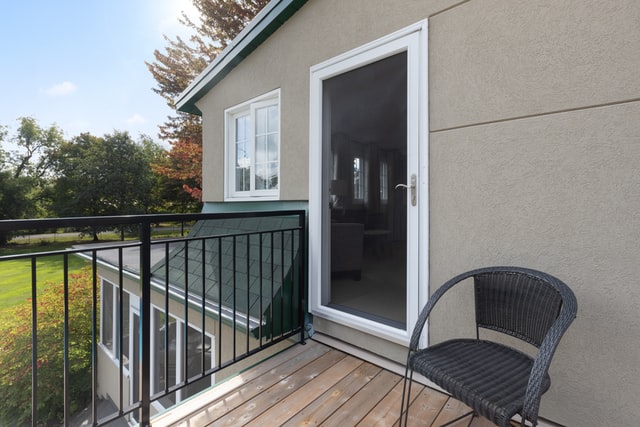
Are you planning to replace your old windows, or do you want to make your new home energy efficient? If so, then it would be advisable to consider energy-efficient windows.
As Stringer Management advises, one of the most effective ways of reducing energy consumption in your home is by installing energy-efficient windows. According to research, residential properties lose about 25% to 30% in cooling or heating through the windows. That is why most homeowners search for energy-efficient windows for their homes.
Replacing your regular windows with Energy Star Certified windows will reduce your household energy bills by about 12%. The above statistic is according to energystar.gov. It is essential to consider your neighborhood's climatic conditions before choosing energy-efficient windows.
Energy-efficient windows have several unique features. It would be best to consider the following when selecting your windows:
There are numerous forms of coating and glazing for energy-efficient windows. They include gas fills, insulated glazing, heat-absorbing tints, low-emissivity coating, and reflective coating. Glazing and coating helps to prevent your property from using too much of the HVAC system. The best choice of glazing and coating will depend on your location's climatic conditions. You can combine the appropriate glazing or coating with gas fill to enjoy maximum energy efficiency.
Most energy-efficient windows come with parameters. It would be best to check these parameters before you buy your window. The air leakage parameter comes in the range of 0.1 to 0.3. The lesser the value, the lower the air leakage. Air leakage details allow you to know the window's air tightness. More airtight windows have higher energy efficiency.
The heat from sunlight can warm up your home's interior either directly or through reflections. Energy efficient windows protect your home's interior from unwanted heat gain through direct or reflected sunlight. They have a solar heat gain coefficient that ranges between 0 and 1. We recommend that you go for an energy-efficient window with a lower solar heat gain coefficient if you want to spend less on your home's cooling.
Did you know that windows can conduct non-solar heat flow? The U-factor indicates how your window does this. Windows with metallic frames have a higher U-factor than the ones with wood, composite, vinyl, or fiberglass frames. Energy-efficient windows will have details showing the overall U-factor. We advise that you choose windows with a lower overall U-factor if you want to cut down your expenses on energy bills.
Visible light passes through the window. Sometimes, the light may transmit heat. Energy efficient windows come with parameters to indicate visible transmittance. The value ranges from 0 to 1. Choose windows with lower visible transmittance for more energy efficiency.
After considering the above indications, below are the things that make a window energy efficient.
Your window's frame determines the energy efficiency of the window. Different window frame materials have variable qualities that contribute to energy efficiency. Metallic frames conduct heat and lead to more energy loss. However, some low-cost window frames transmit less heat and provide more insulation. Examples include vinyl, composite, aluminum, and fiberglass. You can also combine these materials for higher performance and durability.
Energy efficient windows have spaces between the multiple glass panes. Manufacturers of energy-efficient windows vacuum out air from those spaces and fill them with argon gas. Since this gas is denser than air, it conducts less heat and offers more insulation. It is essential to note that the gas in between these glass panes is colorless, odorless, and non-toxic.
Energy efficient windows have three or more glass panes, unlike regular windows that may have single or double panes. These multiple layers of glass add to the window's insulation properties by preventing heat loss.
Energy efficient windows have special coatings that help to prevent energy loss. These coats reflect ultraviolet and infrared lights to keep the house cold during summer and warm in winter.
Your energy-efficient window may not offer the desired energy efficiency following poor installation. Poor installation will prevent you from opening or closing the windows appropriately. It may also have gaps that will facilitate energy loss. We advise that you hire professionals for quality installations.
Energy-efficient windows may be costlier than ordinary windows at the time of purchase. However, you will save more money on electricity bills after using them for a few months. The money you save on energy bills will far exceed the difference between buying energy-efficient or ordinary windows. When in doubt, hire professionals to inspect your location and suggest the best energy-efficient windows for your property.
Previous Article